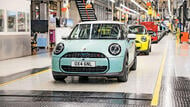Mini factory in Oxford is making around 200,000 cars a year, 80% for exportIt's faced a rollercoaster of ups and downs, but there are huge opportunities on the horizon
There’s a pervading feeling, even among those who reckon they know the automotive scene, that the UK isn’t much good at making cars. Not like the Germans or the French. Or even the Italians.
We started the post-war years as the world’s biggest car exporter, even beating the Americans, but have frittered the advantage away over the seven intervening decades.
Admittedly there have been hurdles. The competition has become much keener, especially since we did our best to help the German car industry rebuild itself post-WW2 and connect it to a bigger home market than our own.
The French rapidly rebuilt as well, driven by its citizens’ greater penchant for buying home-made products than our own.
Then the foreign imports started arriving in force. The Americans came in the 1950s and 1960s, then the Japanese in the 1960s and ’70s.
We shot ourselves in the foot by making Austins, Morrises and Rovers (plus a few Wolseleys and Rileys) with impressive technical appeal but disastrous build quality and not much export clout.
The Koreans (its industry inspired by an Englishman) arrived through the 1990s and 2000s, and now the Chinese are on our doorstep with offers of advanced electrified products that are arguably more enticing than those of any predecessor.
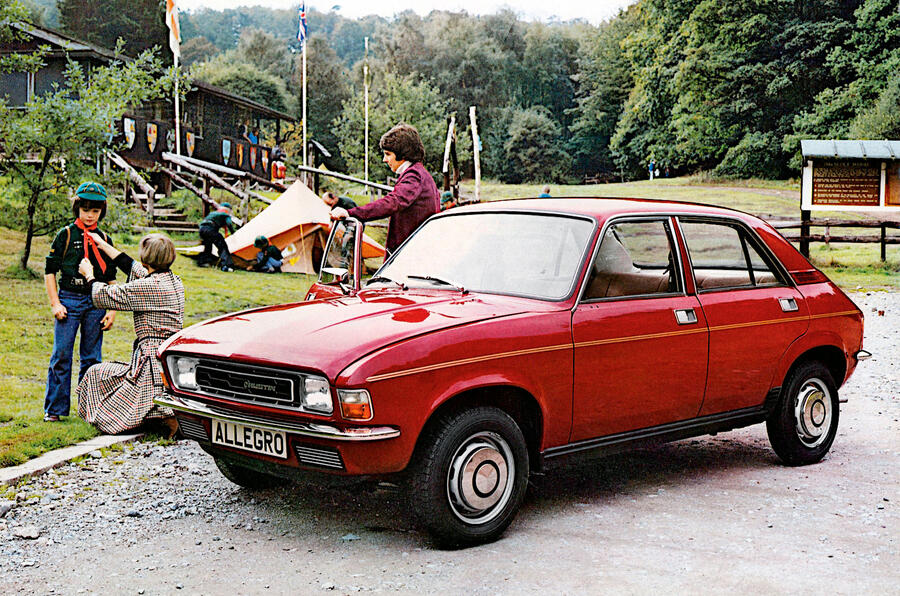
Still, we were assisted by the 1980s arrival of Japanese companies such as Toyota, Honda and Nissan as manufacturers – a result of our efforts to limit their imported models.
They liked our stability, our lingua franca, our welcoming government and our thriving fleet market, so car manufacturing in the UK stayed healthy.
Influenced by enlightened foreign management and labour relations (Honda’s arrival at Rover in 1979 was especially important), UK car-making’s apparently unfixable union problems melted away.
Nissan’s Sunderland operation became, and remains, one of the company’s global jewels; Toyota Derby and Honda Swindon thrived.
There was an extraordinary moment towards the end of 2016 when the SMMT’s president and its CEO, welcoming that year’s 17-year record for UK car manufacture of 1.72 million units, suggested that the mark of 2.0m manufacturedunits in the UK would soon be achieved.
It would eclipse the 1972 all-time record of 1.92m set during the British Leyland heyday, when UK buyers were still buying Allegros, Maxis and Marinas in such large numbers that we hardly noticed our faltering export market.
The two million mark was never achieved. Earlier that year a narrow majority of Britons had voted to leave the EU, and the implications of that decision (made official three and a half years later) began to affect car sales and more besides.
The signs were slight at first but gained momentum: in 2017 car manufacture eased 3% to 1.67m; by the time Brexit became official in 2020 – a year that disastrously brought the first Covid lockdown as well – car manufacture had collapsed to 921,000 units, and the knock-on component shortage and dearth of car demand meant it bottomed out at 775,000 units in 2022, barely 45% of the record set six years earlier.
The situation was complicated by the March 2022 invasion of Ukraine, whose 17 specialist factories were a key source of the automotive world’s wiring looms.
In those critical, unsuccessful years, an acute lack of confidence in the long-term viability of British car manufacturing grew up in some quarters.
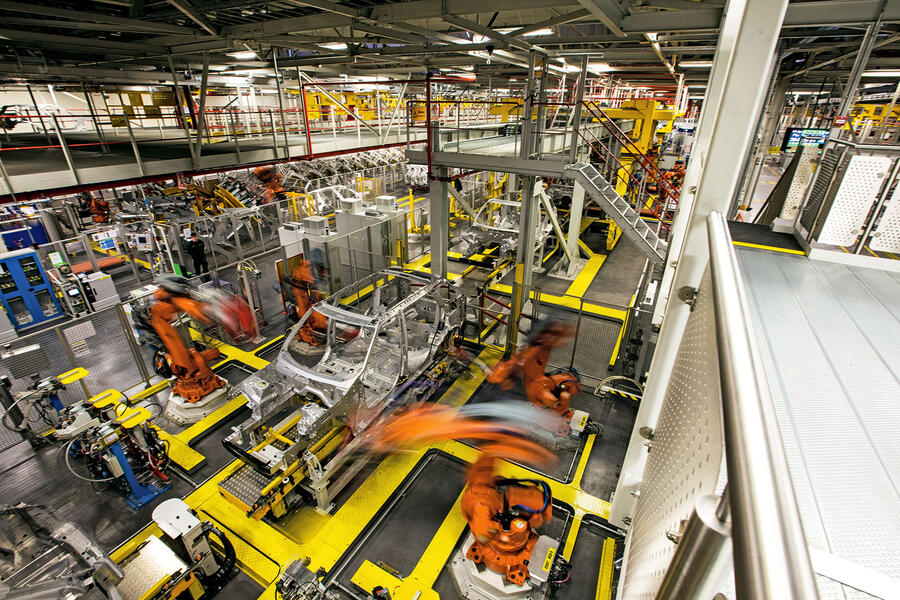
It didn’t matter that demand for Britain’s illustrious luxury marques – Rolls-Royce, Aston Martin, Bentley, McLaren, Range Rover – were far less affected than the mainstreamers.
Or that the waiting lists of smaller specialists such as Morgan, Ariel and Caterham weren’t dented at all.
Naysayers heard the main message about low car demand and then difficulties with imported components, especially computer chips, and they drew their own pessimistic picture of the UK’s car-making future, just as they had done when Ford stopped making Fiestas here in 2002 and Transits a decade later. Our love of bad car news has always been palpable.
Today, that picture is wholly incorrect. Britain, missing just one Japanese maker (Honda at Swindon – they were going anyway) has been methodically rebuilding. Since the disaster of 2022, both vehicle manufacturing and total sales have accelerated.
Total car registrations are up 20% to 1.9m, which takes them within respectable distance of the 2.1m cited by many sources as the likely British level for the rest of this decade.
The days of 2.7m sales aren’t coming back, say the experts: cars (especially EVs) are more expensive now and used differently. We are, however, back to the good old days when it comes to calculating the value of the cars sold.
Among individual models, there are several standouts. The Nissan Qashqai, which is not only made in the UK but also mostly engineered and developed here, has been a titan over three generations.
Latest registration figures, for the year to the beginning of August, run to an impressive 112,000 units, 75% of which have been exported. Throw in the success of the slightly smaller Juke, also made in Sunderland, and you get a view of Nissan’s towering importance to UK automotive.
The Mini, of course, is up there, too: around 200,000 cars are produced annually in Oxford, and 80% of those are exported.
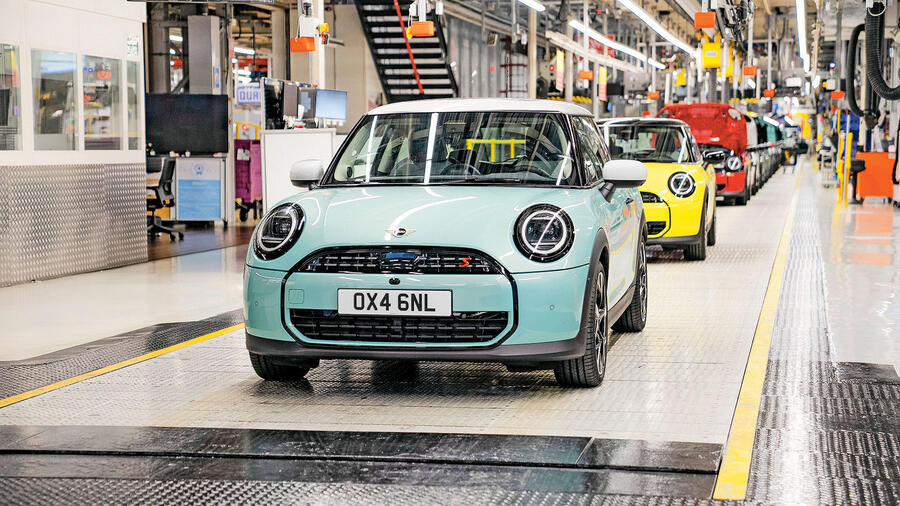
But the daddy, by value, is the Range Rover. To August, JLR had built and sold 48,000 ‘full-fat’ Range Rovers and the same number of Range Rover Sports and sent the vast majority for export – and when you consider that the average retail price of this pair is nowadays north of £100,000, you soon see what a money-spinner it is for company and country.
Chuck in another 50,000 units for the rest of the Range Rovers (without including similar numbers for the Slovakian-built Defender) and you soon see where JLR’s profits are made.
Now JLR wants Jaguar to follow a Range Rover model with a radical all-EV range of Leaping Cat models. If successful, you can see the potential.
According to the SMMT’s chief economist, Matt Croucher, the UK automotive industry exports a staggering £47bn worth of car products today, generating between 11% and 12% of the country’s total export income.
That makes car and component manufacture this country’s largest export earner in an arena that includes other high-earning businesses such as pharmaceutical and defence.
What else? Nowadays the UK has a well-trained, well-motivated supply of car assembly specialists ready to embrace EV assembly techniques. The UK is also home to no fewer than 22 dedicated automotive R&D centres: many are located in technology hubs such as MIRA and Millbrook, but five of them are connected to UK universities.
Engineering chiefs who visit the UK or work here often cite the close relationship between industry and our top universities, an association which in the past developed lithium ion battery technology and, more recently, bred the radical Yasa electric motor manufacturer, so important to future electrification that it was recently snapped up by Mercedes-Benz.
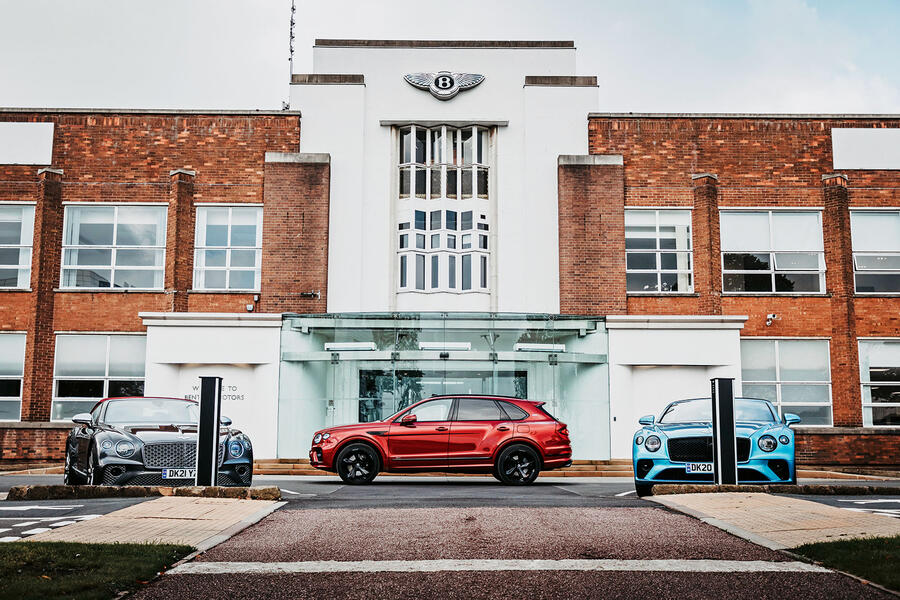
Croucher is convinced that the future progress of UK automotive will depend more than ever on the wide-ranging skills of talented individuals.
“Whatever you want to do, you can do it in automotive,” he says. “There’s room for graphic designers, software specialists, hardware engineers, aerodynamicists, and people who want to make better seats and interior trim. Everyone has a place.”
Meanwhile, automotive Britain continues to be great at fundamental R&D, say the experts, although it has historically been far less adept at carrying key developments across the ‘valley of death’ into successful production.
At least this shortcoming is well recognised nowadays, and bodies such as the government-funded Advanced Propulsion Centre have amassed an impressive track record at helping small businesses make the perilous crossing without ceding ownership of their precious technology.
Not everything is rosy. Car manufacturers estimate that UK energy costs are a staggering 60% to 65% greater than an average of European countries, and for some that is a near-impossible burden.
Hopefully the new Labour government’s concentration on renewable energy projects, along with a more sensible taxation approach and a decoupling of the ancient (and increasingly inappropriate) link between gas and electricity prices, will reduce the disadvantage.
And the future? David Wong, the SMMT’s head of technology and innovation, predicts particular success for the UK in the areas of artificial intelligence and autonomous driving technology, which he tips as key areas of development after the current electrification flurry reduces.
Companies such as Wayve, Oxa and Aurrigo are already well advanced with products and technology, he says, and could become world-beaters. Here, at least, Britain really can lead the car world again. It’s not all talk.


















